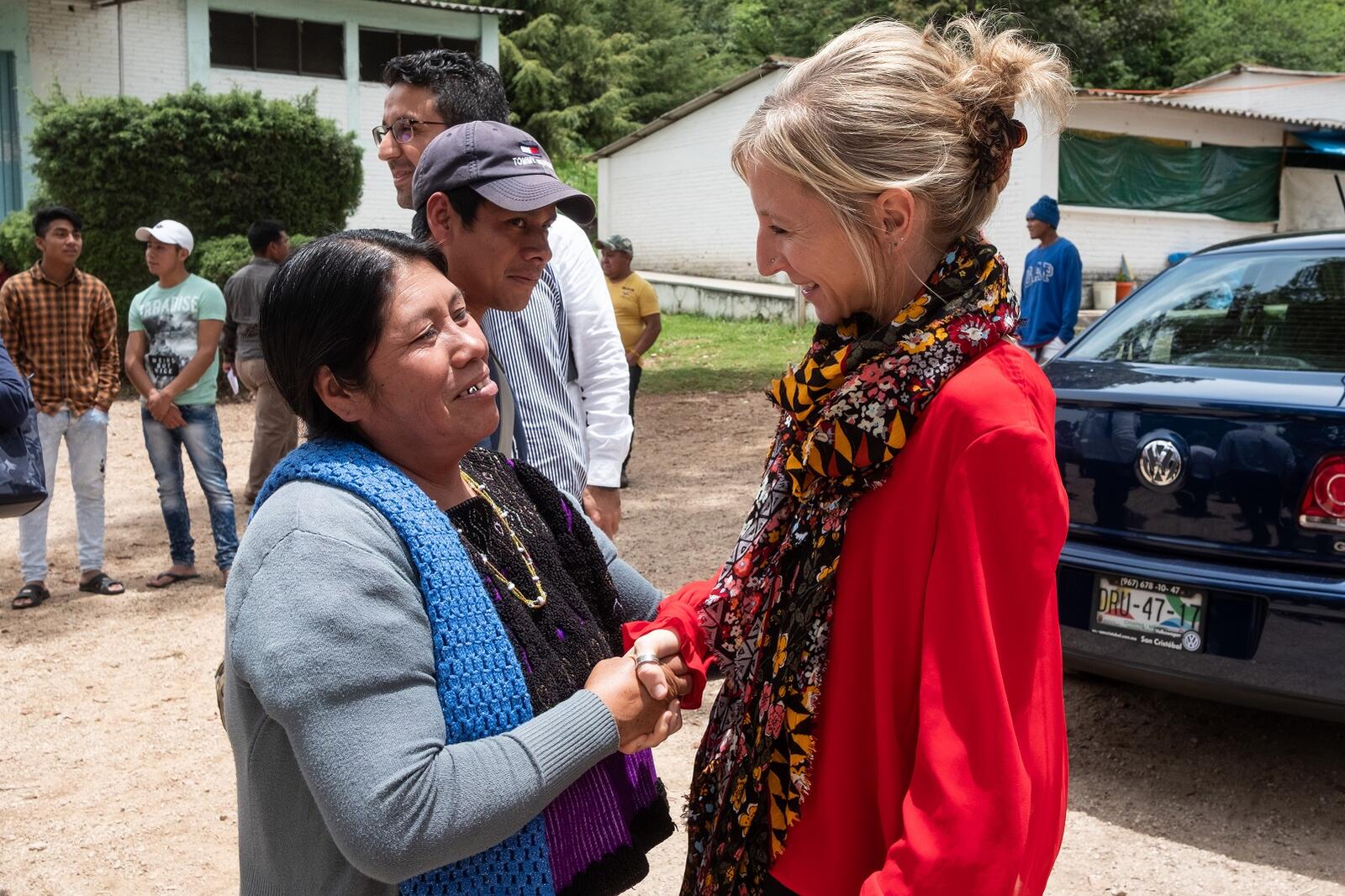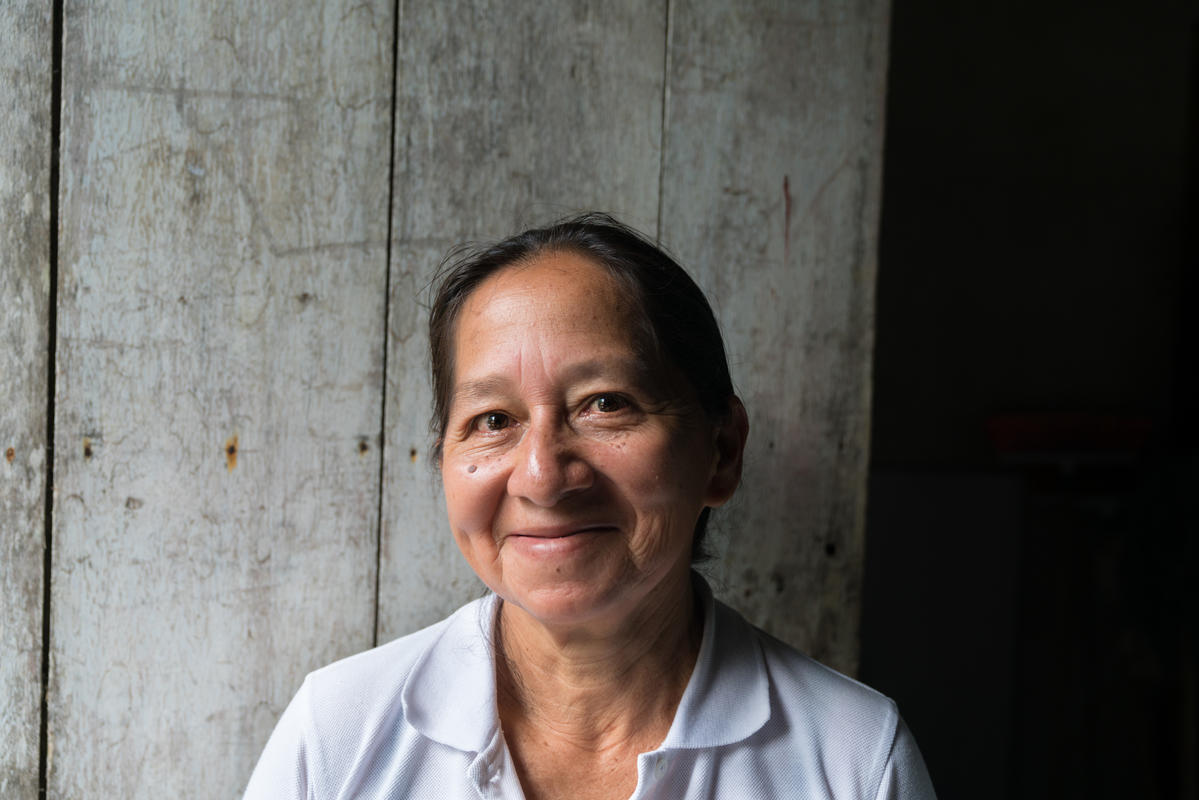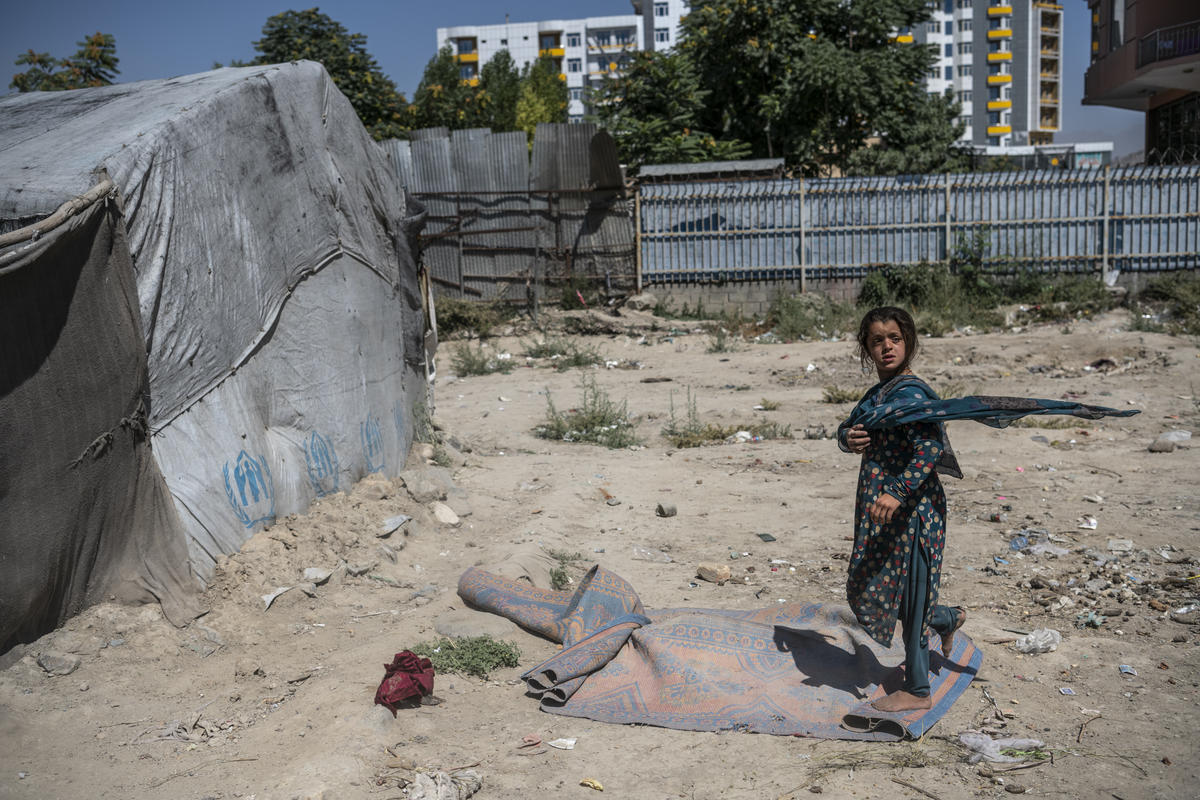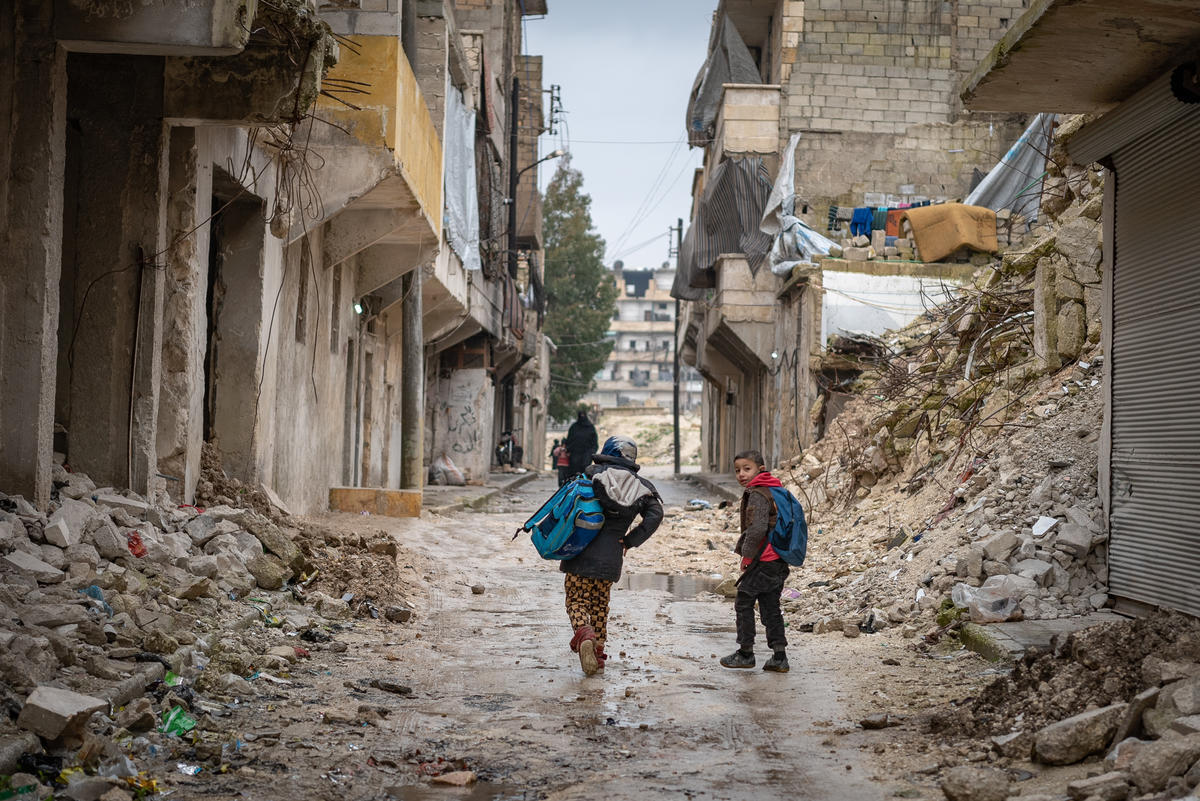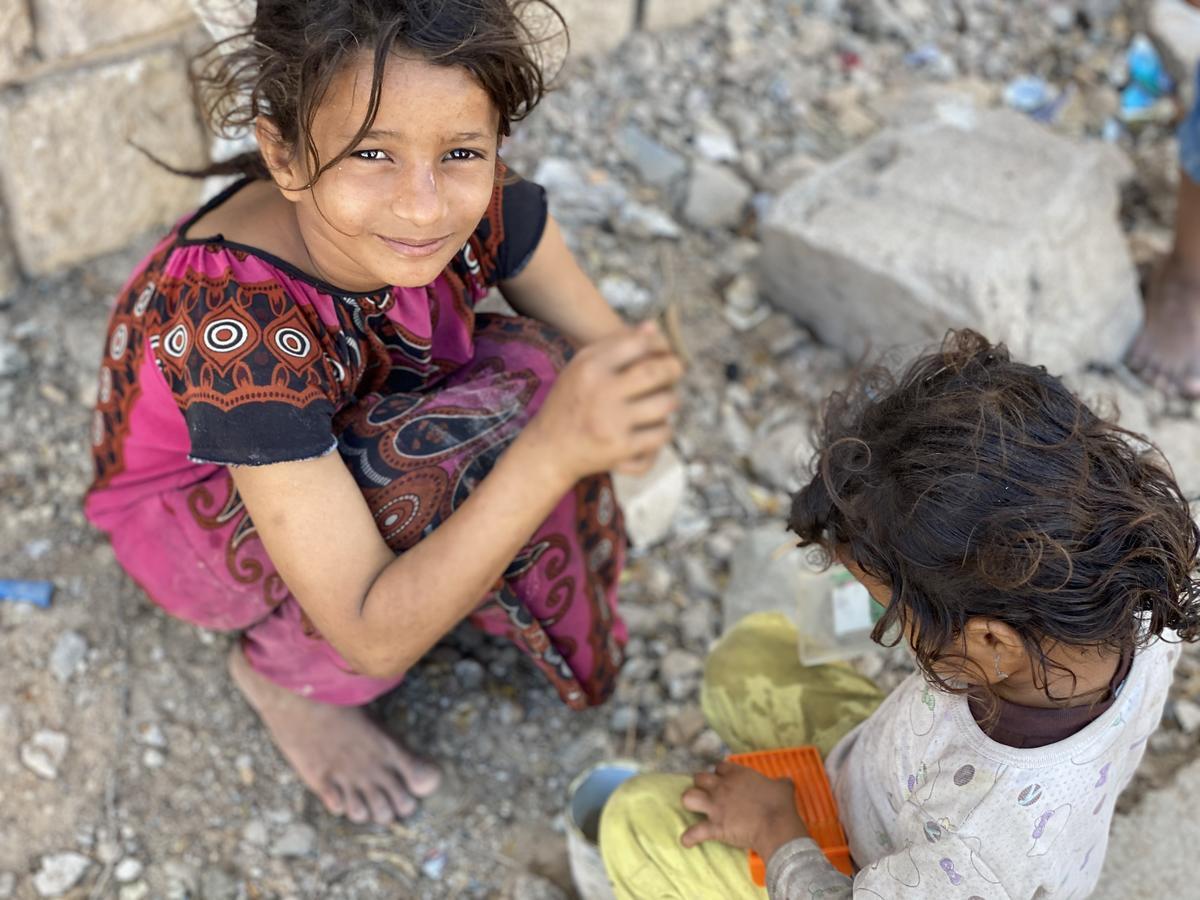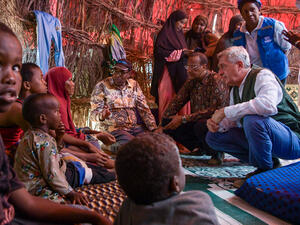Conflicts push internal displacement to record high
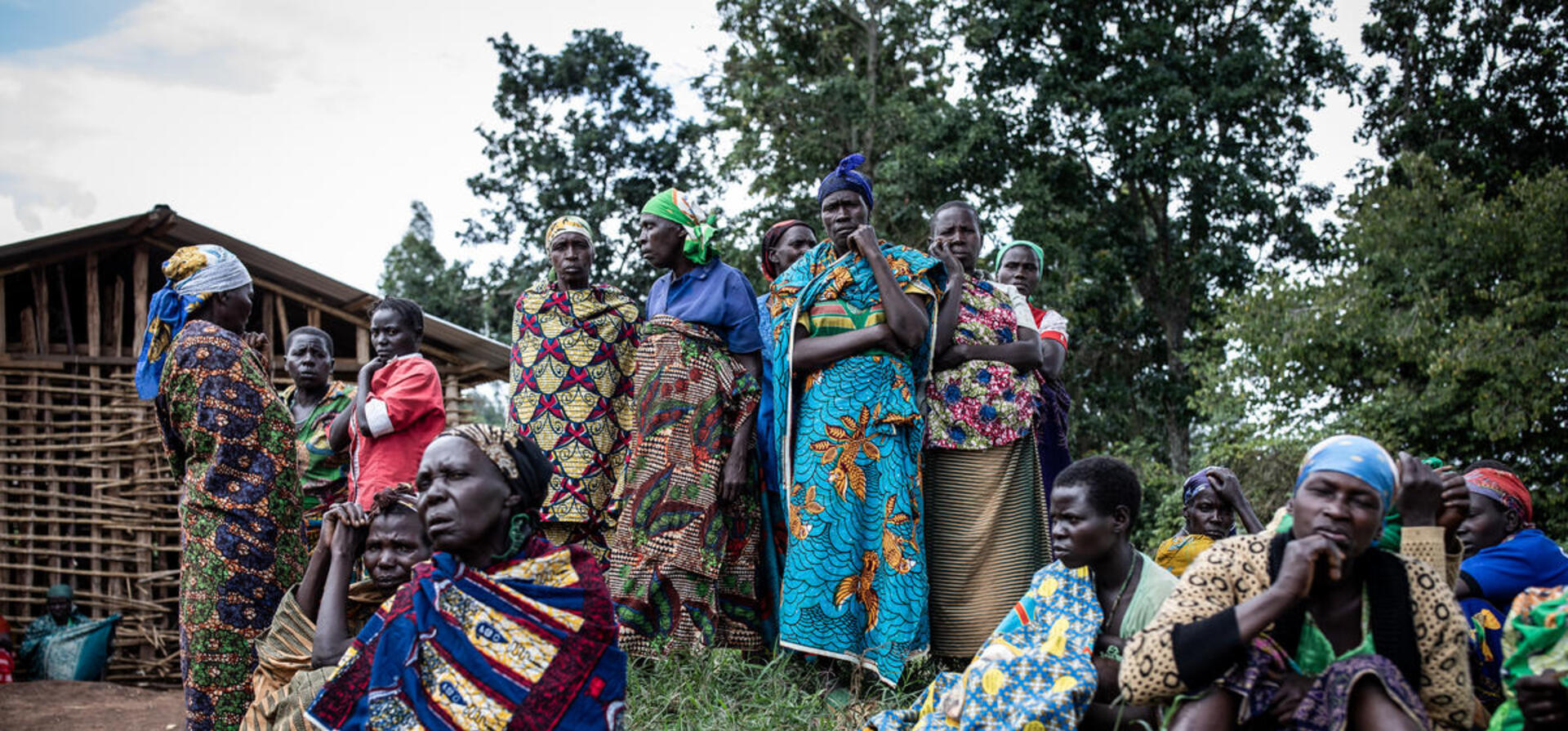
Conflicts push internal displacement to record high
The number of people fleeing conflict or violence but remaining within their own countries has reached an all-time high, according to a report published today by the Internal Displacement Monitoring Centre (IDMC).
The report reveals that 8.5 million new displacements resulting from conflict or violence were recorded in 2019. Another 25 million were triggered by disasters such as cyclones and hurricanes.
IDMC’s director, Alexandra Bilak, spoke with Kristy Siegfried from UNHCR’s global communications service about some key developments in the past year, including progress that governments have made in addressing the issue of internal displacement. She also reflected on her chief concerns in 2020, especially in the context of the coronavirus pandemic.
What are some of the key findings from your report on internal displacement in 2019?
The headline this year is that when it comes to total numbers, we’ve recorded the highest number ever of people living in internal displacement as a result of conflict and violence – 45.7 million by the end of the year. The majority are in a handful of countries: Syria, Colombia, the Democratic Republic of the Congo, Yemen and Afghanistan. With the exception of Colombia, those countries all had the largest numbers of new conflict-related displacements in 2019. There is a huge burden being shouldered by these countries that already had large and protracted caseloads of internally displaced people (IDPs).
For the first time this year, we now also have a total figure for people who remain internally displaced by disasters (5.1 million). We’ve only ever been able to report on new individual disaster displacements (rather than total numbers displaced at any one time) because of the multiple data gaps. There are still a huge number of gaps, so it’s likely to be the tip of the iceberg.
When you talk about new displacements, are you talking about the number of individuals displaced or the number of movements?
It’s the number of movements. So new instances of internal displacement could actually be the same family moving from one place and then another. There’s often a misconception that it represents the number of people.
To what extent can the increases in IDP figures be explained by governments doing a better job of monitoring and reporting on internal displacement?
There are obvious realities on the ground that have pushed the numbers up – the increasing violence across West Africa and the Sahel in 2019 for example. But we have also seen improvements in the reporting. What that says to me is that we were reporting underestimates in previous years. For example, the Yemen figures have been really unsatisfactory in recent years because of access problems. That improved last year, which is why we have a higher total number of displacements for Yemen. And the same goes for the DRC. The whole country still isn’t covered, but we’ve been able to add figures from more provinces.
What other progress did you see last year in terms of government responses to internal displacement?
This year’s report focuses on government-owned solutions and what measures governments have taken. We’ve divided these into three categories. One is the data collection and reporting side, which we consider to be key. The second is on resources and capacity. So, it’s one thing to know the scale of the problem, but you need the financial, the institutional, and the logistical capacity to address it. The third category is political will and commitment. We found lots of interesting examples of the first two “key ingredients” in different countries. There are countries like Mali and Indonesia that have put in place strong data collection. Other countries have invested in improving their responses by embedding the issue in their national development plans and using multi-year planning and funding to support IDPs.
On the political will side, it’s harder to base on tangible evidence. It’s more of a feeling we’ve had in the last two to three years that there’s a wind of change in terms of how countries are even talking about the issue of internal displacement. A few years ago, you’d have seen a wall come up when you talked about it. There seems to be more political openness about acknowledging the issue now.
The cornerstone of this political will is the extent to which it’s being reflected in national laws and policies. Afghanistan has a new legal framework on land rights and ownership that makes land accessible to returning refugees and IDPs. Uganda now has a national IDP policy covering both conflict and disaster, and more countries are including internal displacement in their national disaster risk reduction policies. But laws themselves are never enough. They need to go hand-in-hand with resources and the ability to implement.
What are you hoping that the new UN High Level Panel on Internal Displacement will achieve?
It comes at a very timely moment as a way to catalyse all these efforts and opportunities we’ve been seeing. I’m hoping it’ll create a safe space for sharing experiences, learning from each other and putting Member States in the driving seat. Those countries that are making progress, their efforts will be made more visible and maybe it’ll serve as a way of encouraging other countries to make similar efforts. Perhaps we’ll get that political momentum we so desperately need and have lacked over the last 20 years.
What countries or regions are you particularly concerned about in 2020, especially in the context of the coronavirus pandemic?
Of course, it’s a global pandemic, but some countries are going to be worse hit than others, particularly those that already have strained health systems, but also where IDPs will be at higher risk because they’re living in crowded camps and facing limited access to health care, water and sources of income. If you take that into consideration, West Africa and the Sahel, as well as the Central African Republic, the DRC and Yemen are particularly concerning. In the longer term, this is going to have massive social, economic and political costs for countries with large numbers of IDPs that are already fragile.
Less directly concerning but still important are those countries at risk of disasters and natural hazards. How are government responses going to play out when they can’t evacuate people to shelters? How do you tell people to stay home when their home has been destroyed?


